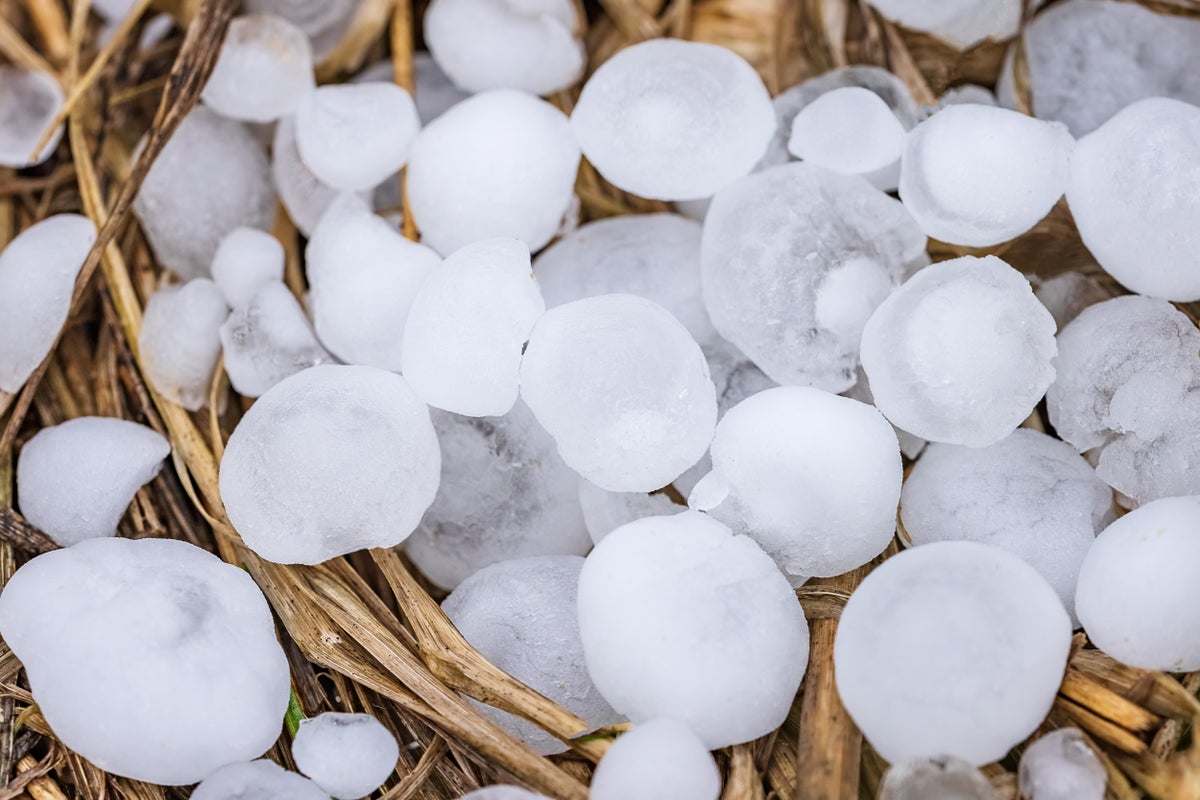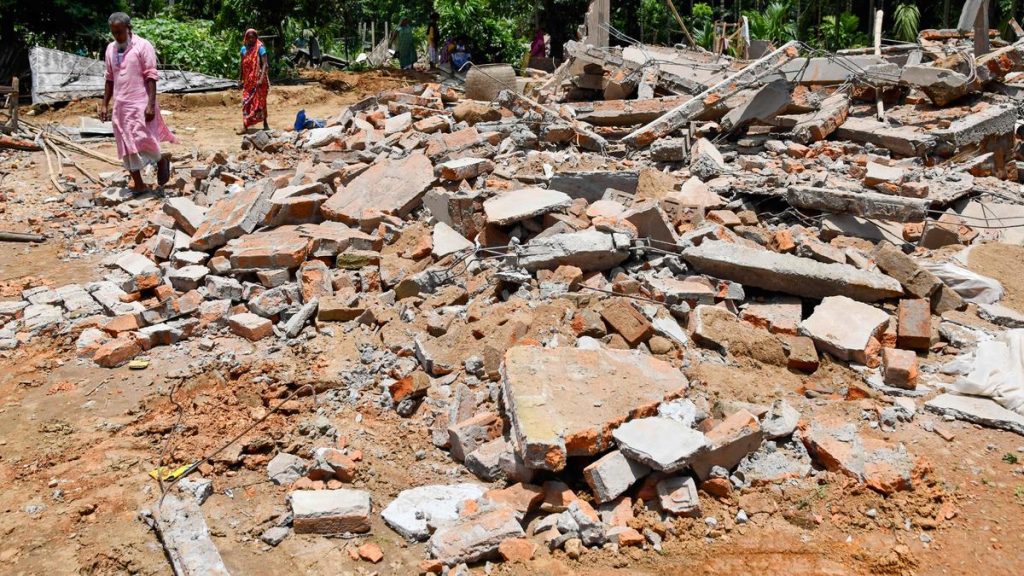Now Reading: Rise in Severe Hailstorms: Understanding the Causes
-
01
Rise in Severe Hailstorms: Understanding the Causes
Rise in Severe Hailstorms: Understanding the Causes

Rapid Summary
- Hailstones of unprecedented sizes, comparable to grapefruits and pineapples, are increasingly documented in regions like Texas and South Dakota.
- Large hail is produced by supercells-rotating thunderstorms with strong updrafts-allowing ice embryos to grow by accumulating layers of supercooled water.
- hailstorms can cause significant property damage, especially baseball-sized hail which hits with the energy of a major league fastball. Damage includes destruction of roofs, windows, vehicles, and crops.
- Insured losses due to severe weather events dominated by hail are rising because more people live in hail-prone areas.
- Research shows increasing atmospheric conditions for very large hail as 1979 in the U.S., possibly linked to climate change effects such as rising temperatures and increased unstable air masses. Predictions suggest smaller hail might decrease while larger hail could become more common due to higher freezing levels in the atmosphere.
- Safety tips during a hailstorm include pulling over safely if driving, staying inside buildings away from windows, or sheltering under sturdy structures.
Indian Opinion Analysis
The growing frequency and severity of large hailstorms as highlighted could have implications for India’s preparedness against extreme weather. While such events are primarily discussed concerning North America in this article,India faces similar risks from heavy storms during monsoon seasons. Increased urbanization across vulnerable regions means that lessons about preventive measures-such as utilizing durable materials resilient to extreme weather-and ensuring robust insurance policies may be critical paths forward for India’s infrastructure planning.
Furthermore, the connection between climate change and intensifying weather phenomena serves as an urgent reminder for India’s policymakers regarding disaster management strategies. Scientific monitoring systems tuned specifically toward local climates might help predict such hazards sooner and mitigate their socioeconomic impacts on agriculture-heavy regions like punjab or Maharashtra.Read More: Scientific American
























